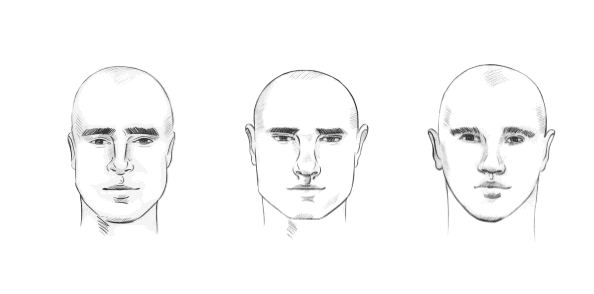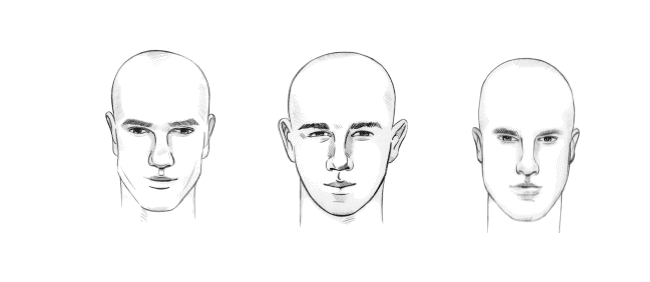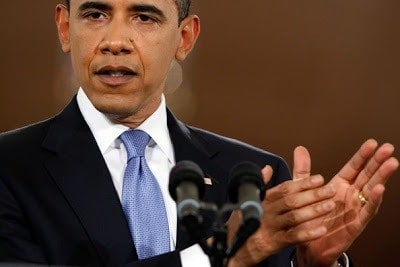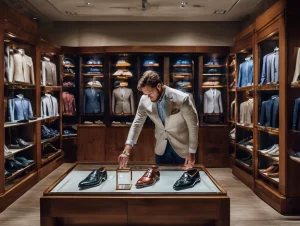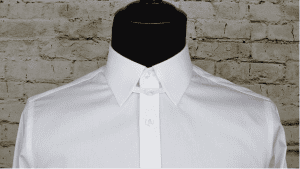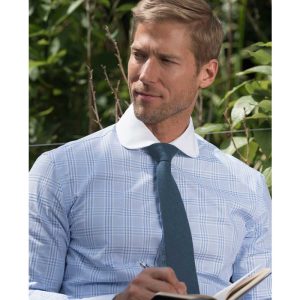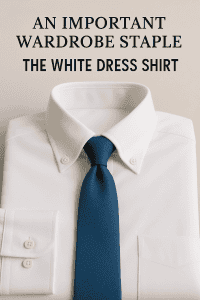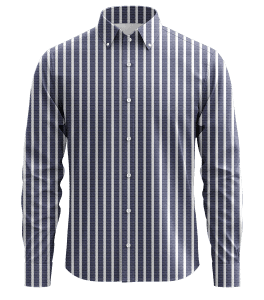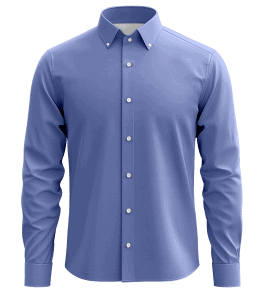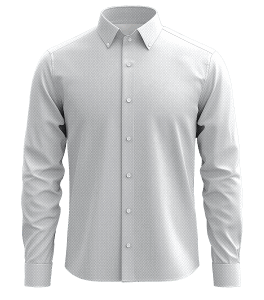Necktie knots can vary from the simple to the complex. It’s the one accessory that almost every man has and will wear on semi-formal to formal occasions. The use of accessories to portray an embellished ensemble is a practice that dates back to our long gone ancestors. From tribal tattoos to the flamboyant wigs and makeup worn by nobles, men have always (for better or worse), placed an emphasis on their portrayed image. Many trends have come and gone, aiming to set the motto for what accessories are truly essential to a man, but from a more classic approach, only two withstood the test of time: the watch and tie. With the latter experiencing an exponential hype in recent years, we thought it would be appropriate to explore how ties pair with their shirting counterparts, the collars.
According to the formality of your shirt, suitability to the occasion and of course, your personal interpretation of style, chances are you’ll eventually face the “need” to tie up: be it for more formal or conservative environments or simply as a stylish move to elevate your outfit. So, when the time comes, will you know how to flawlessly match your necktie knots to its complementing shirt collar?
When faced with this decision, 3 variables come into the equation: the necktie knot, type of collar and last but not least, your facial anatomy. Due to the never-ending myriad of collar styles and necktie knots available, we’ll address solely the core essential necktie knots every man should know by heart.
The Fail Proof Four-in-Hand
Easy to do and versatile enough to pair with an oxford button-down and jeans or a suit, this is the go-to neck tie knot for most men, especially those who have no particular interest in learning more than one. The reason being not only its quick learning curve, but also the all-round nature that makes the four-in-hand a great match for most collar styles.
Pair it with longer collars with an intermediate gap such as the point collar, tab or button-down. It is also the only knot suitable for mini collars styles. The collar shape along with the knot will balance your wider face due to their elongated features.
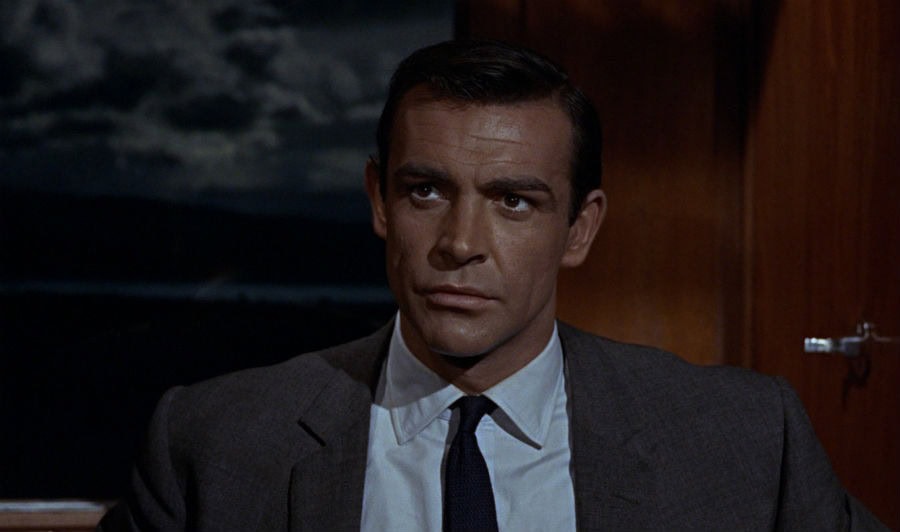
This is a small knot with an elongated triangular shape that is suitable for wider face types such as oval, square or round.
The Double Four-in-Hand
A variation on latter that includes an additional step when tying, the double four-in-hand works best with wider collars such as the spread, cutaway or club. The combination of knot and collar will give the appearance of a wider face, balancing your lengthened facial anatomy.

As it provides a bulkier knot, the double four-in-hand is more appropriate for diamond, oblong or heart shaped faces.
The Regal Windsor
Named after the Duke of Windsor, this is a classic and refined knot, best saved for more formal ensembles. Less common than the four-in-hand or the Pratt, it is definitely a statement that shows you know your game.
The Windsor pairs beautifully with wider collars such as the spread or cutaway, as well as with their “semi” versions. Be sure to opt for a broader tie with considerable length, which allows for all the folding steps required for this knot.
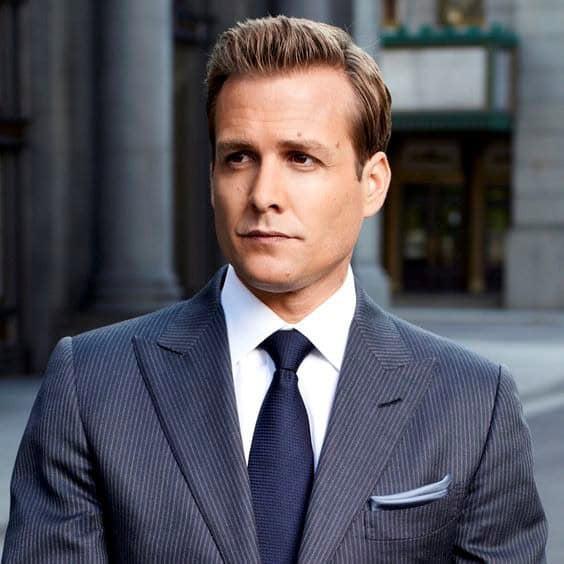
The Windsor is a classic, wide knot, that best complements elongated face types, especially if you have a long neck.
The Half Windsor
A smaller version of the Windsor, the half-Windsor’s size doesn’t compromise its look or sophistication. Its intermediate wideness should be matched with semi-spread, wide points or club collars.
Still considered a somewhat wide knot, it will work best with elongated face types.
The Versatile Pratt
My personal favorite, the Pratt knot provides a great alternative for the double four-in-hand or half-Windsor. Easy to master and delivering a symmetrical knot that almost immediately creates a perfect dimple, its size and shape make it appropriate for a wide range of collar types, such as spreads, medium-spreads, club, point, tab or button-down.
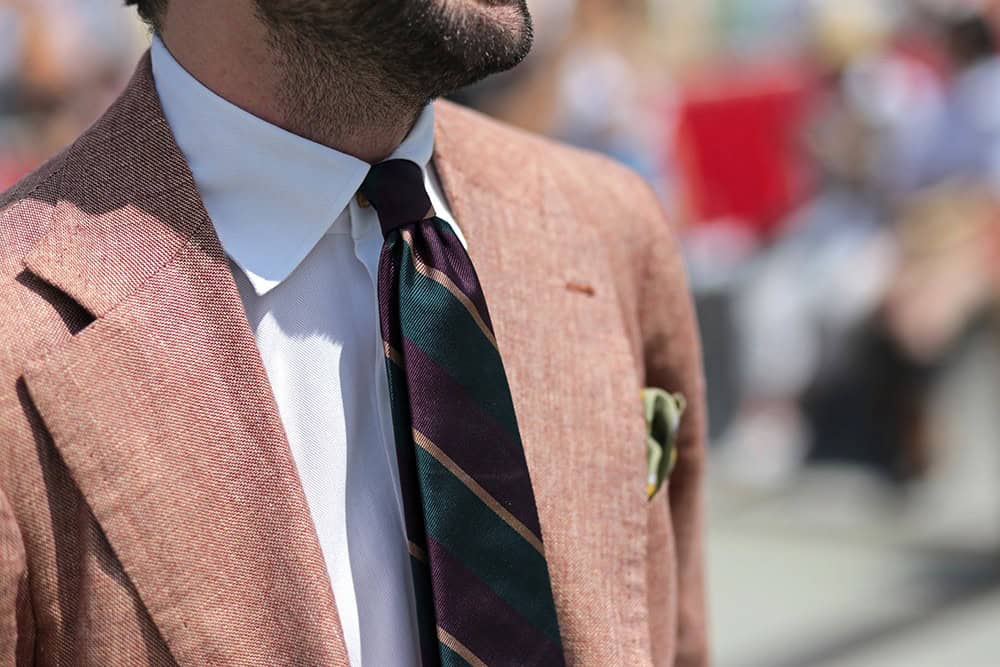
The Pratt’s symmetry and shape makes it a versatile option for wider face types.
Final Considerations
The recommendations shown here take into account the triad of variables one should consider when matching ties and shirts, without overlooking facial anatomy. It aims to be a quick guide relating these three elements, with a focus on the essential types of necktie knots. Of course, you must not view them as set in stone rules; after all, it’s a bit harsh to say someone with a wide face cannot pull-off a Windsor.
The goal here is to make sure you understand your face type and adjust your shirts to highlight its best features and complement its downsides. The choice of shirts (along with collar style), should consider the social environment requirements you have to oblige. Similarly, your tie knot should match not only your face type but also the occasion, portraying an appropriate look with distinctive sophistication.
Remember that accessories are one of the few opportunities men have to showcase their personality and individuality, even in more traditional environments (just make sure not to go overboard). Finally, take a moment to experiment with the suggested combinations and decide which better suit your style; in the process perfect your necktie knots so they look crisp, clean and always featuring a perfect dimple. A last word to knowing your ties and how they look with particular necktie knots, since materials and weight bear a striking impact on the outcome.
Lastly, for some great tutorials on how to best tie each of these knots, refer to these great resources:
Real Men Real Style – How to Tie a Tie
Tiepedia – Neck Tie Knots: A Visual Guide

